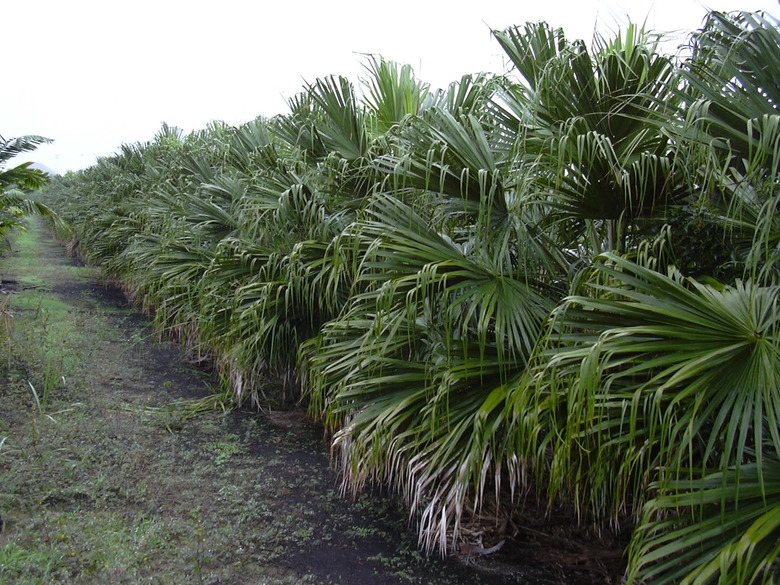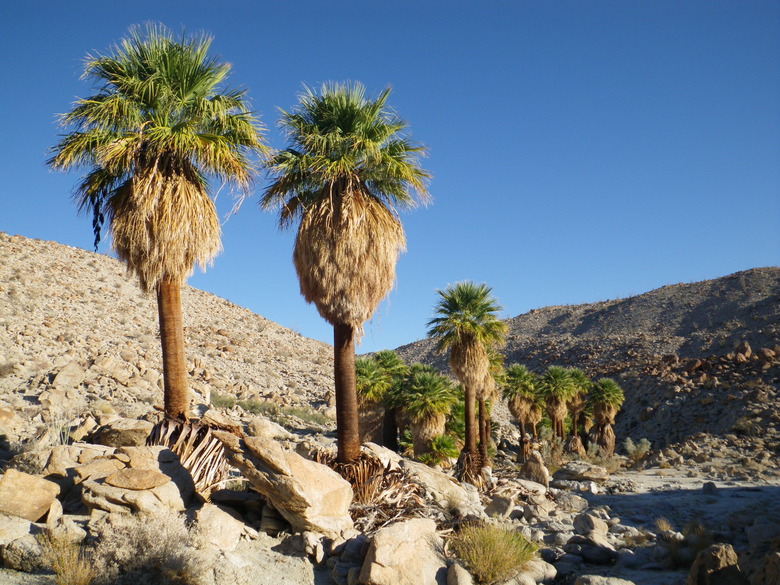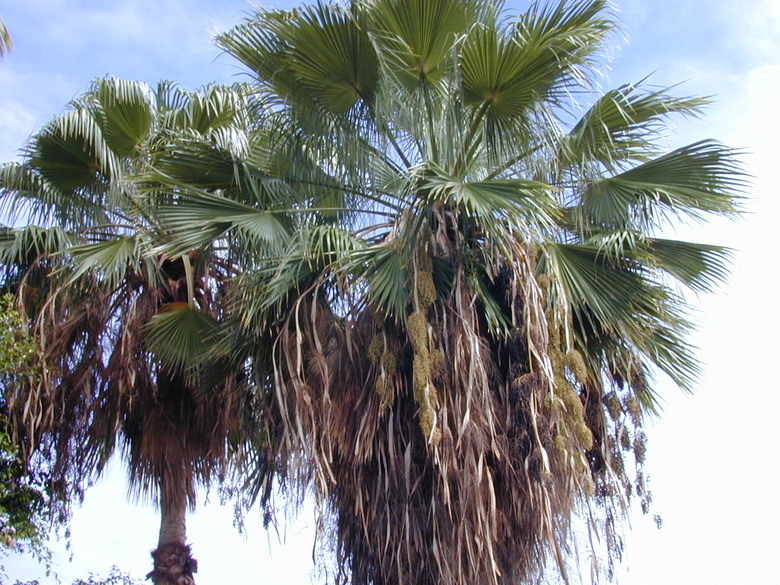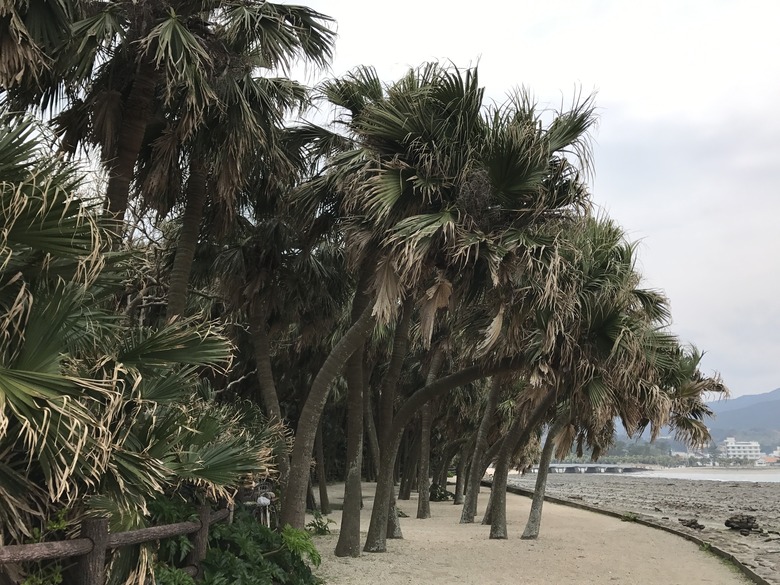The Root System Of Fan Palms
Palm tree roots, whether they are fan palms or feather palms, are similar in composition and growth and are unlikely to pose a problem in the home landscape. The root system of all palm trees is shallow, although it expands horizontally some distance when allowed.
What Is a Fan Palm?
A fan palm is a palmate-leaved palm, meaning that the leaves resemble fans. They originate from a single point of the petiole, where the leaves attach to the stem. These fan-shaped leaves are familiar to people and common in the landscape, but fan palms are just one of three primary categories of palms.
There are also pinnate-leaved palms with feathery leaves unattached to one another but attached at a perpendicular angle to the rachis, which is an extension of a petiole.
The third category is the costapalmate palms, with leaves that have some characteristics of both pinnate and palmate, but these are less common.
Regardless of the type of palm, the palm root system is similar: fibrous and shallow-rooted.
Some Common Fan Palms
Some fan palms are particularly common in the U.S. Among these are:
- The California fan palm (Washingtonia filifera, USDA zones 8b to 11), also called the desert fan palm, is planted widely in the Southwest and is native to California. You'll see this palm growing on the coast in warm areas with its signature shag of dead leaves that remain on the tree. The tree's typical height is 50 to 70 feet at maturity, and it is about 12 feet wide.
- Mexican fan palm (Washingtonia robusta, USDA zones 9 to 11) is similar to the California fan palm but slightly taller and thinner. This palm can reach 80 feet with a 10-foot girth.
- The Chinese fan palm (Livistona chinensis, USDA zones 9a to 11) is also known as the fountain palm because its fronds hang downward like a fountain. This palm reaches 30 to 50 feet when mature.
The Palm Tree Root System
Palm tree roots are considered "adventitious," meaning that they spring from the base of the trunk where growth cells are active. This area is called the "root initiation area." They may be exposed on top of the soil and look dry, but these above-ground roots are important to the health of the tree.
Under the soil, palm roots dive only about 3 feet deep. Interestingly, each root does not grow bigger in diameter like most trees' roots do; instead, they are thin and fibrous rather than woody and usually form a big rootball instead of a network of roots.
Over time, the older roots die, and newer roots take their place, becoming incorporated into the rootball. You might see a tree swelling at its base; these are new roots developing within the stem.
Because the roots are contained within a fairly small area, landscapers can capture most, if not all, of the rootball and transplant mature palm trees.
Tip
Palm roots grow from the base of the palm trunk. This is different from most trees in which the primary roots produce lateral shoots underground.



